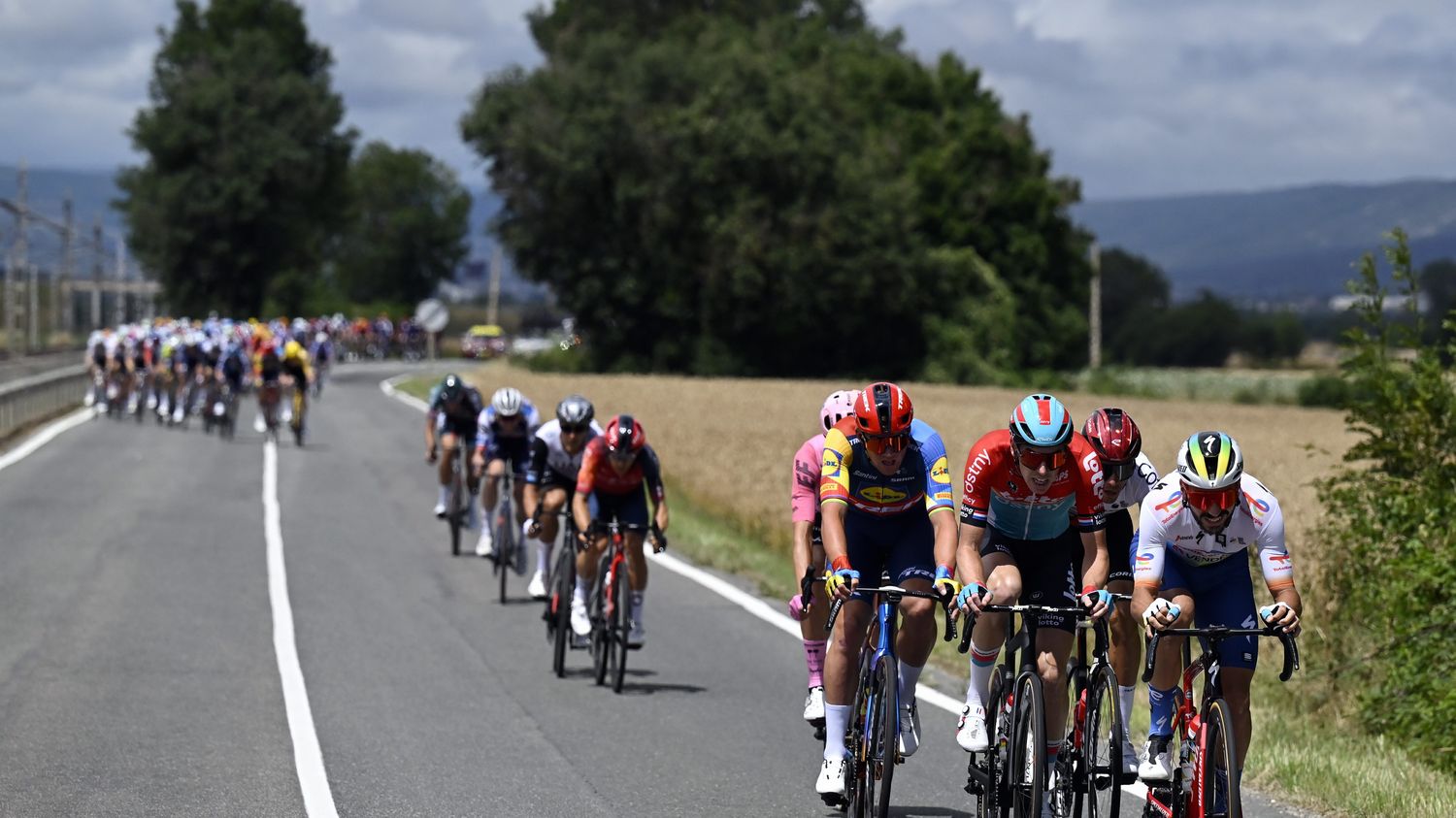That’s it, the riders of the Tour de France are launched. We have been following them together since yesterday on franceinfo and until July 23. With sociologist Jean Viard, today is an opportunity to question what the Tour de France represents, of which it is in 2023, the 110th edition.
The Tour de France 2023 started on Saturday July 1 from Bilbao, in the Spanish Basque Country, and is expected on the Champs-Elysées on July 23. A 110th edition that franceinfo exclusive partner will of course accompany, the opportunity today to return with the sociologist Jean Viard, on what the Tour de France represents in France, with thousands of spectators along the roads, for a few days. An event well anchored in our society. The first took place in 1903.
franceinfo: How do you explain that this is such a unifying event?
John Viard: There are several things. First, I think it’s a childhood memory. We knew him when he was young, we dreamed, we remember Poulidor, depending on the generation, everyone has their riders, of course. So I think that every summer, it reminds us a bit when we were little, that we talked about the Tour de France. The bicycle was much more popular before, especially in popular circles as a means of transport in peasant circles, working class circles. And so, I think there’s this childhood memory.
In France, there are two symbols, the Eiffel Tower and the Tour de France. The Tour de France goes around. Symbolically, these are the borders, the border, the different regions. It is a tool, so to speak, of the national imagination, which brings us together, which is the most beautiful cycling event in the world, it seems, that’s what the specialists say. Afterwards, it’s a place of effort, a place where men are in combat, we know it’s hard. So it’s true that at one point, the debates around drugs, doping, reduced interest, but we can think that there has been progress that has been made, there are new runners who have arrived. Afterwards, it’s true, it’s like in football, when there are very good French champions, there is more support. Nationalism plays. There is all that playing.
And then the Tour de France is a spectacle, made by helicopter. There would be no helicopters, it would be completely different. But look at all the people putting themselves in front of the Tour de France. There are guys who pedal, good very well, but what is interesting is all the same the end. And so, they look at the landscapes, and it’s beautifully done, the helicopters avoid bad places, it looks like a wonderful France of castles, forests, gardens…
A marvelous France, is that the image of an eternal France too?
Well yes, yes, because indeed, you see more castles than factories. Yes, but that France also exists, it’s true that it’s magnified by the way it’s filmed. The France of villages, of heritage. I still remember that 30% of people live in rural areas, and 30% who live near cities. So it’s not a non-existent France, so it’s also good to show it once a year.
And the Tour de France is also broadcast in 190 countries. It’s the third most watched sporting event, and finally, it’s also a postcard that we send to the whole world?
Ah, but absolutely, it is the setting in desire of France. Basically, it’s a kind of TV series, it’s every year, and what’s more, it lasts three weeks. And every day there is a new episode, and it has a touristic effect. It’s like the series Marseilles which brought people to Marseille, the series Emilie in Paris, it brought lots of people to Paris. Somewhere, every year, it reactivates the desire for France and I think it’s very important in our international activity for France, and in its positive image. It’s not just that in France, this one is positive, so let’s try to promote it instead.
I also remind you that there is a series on Netflix which highlights behind the scenes of the Tour de France, which gives a very spectacular view of the event. What has also changed over the years, over the decades, is that these runners no longer have much to do with the runners of the first editions, who were runners who sometimes came from small villages, who were not necessarily well equipped?
It’s true, but what’s also true is that in working-class circles, and in peasant circles a lot, cycling was the village criteriums, all that was a place where young people men competed with each other. There was a whole culture there that referred a little in the beautiful neighborhoods to car rallies, and there, in the villages, we did that by bike. It’s true that this culture has largely been lost and besides, we see quite a few rural people on bicycles, precisely because they got to know the bike not long ago.
The fashion for cycling today is an urban fashion, very effective in the city, very positive, but which is more for people who weren’t forced to ride a bike when they were little. And this imaginary of the popular bicycle, of the bicycle where the men show their strengths, where they are in competition, they know each other in a village, it is the kids of the village who have a race. Then, it widens to the cantons, to the departments, with the best; obviously, this tradition has largely been lost. Moreover, many people who come from Latin America, who come from countries where there are mountains, have a different relationship. It has become a global spectacle, we have lost the local. But we won a world race, it’s still very good.
